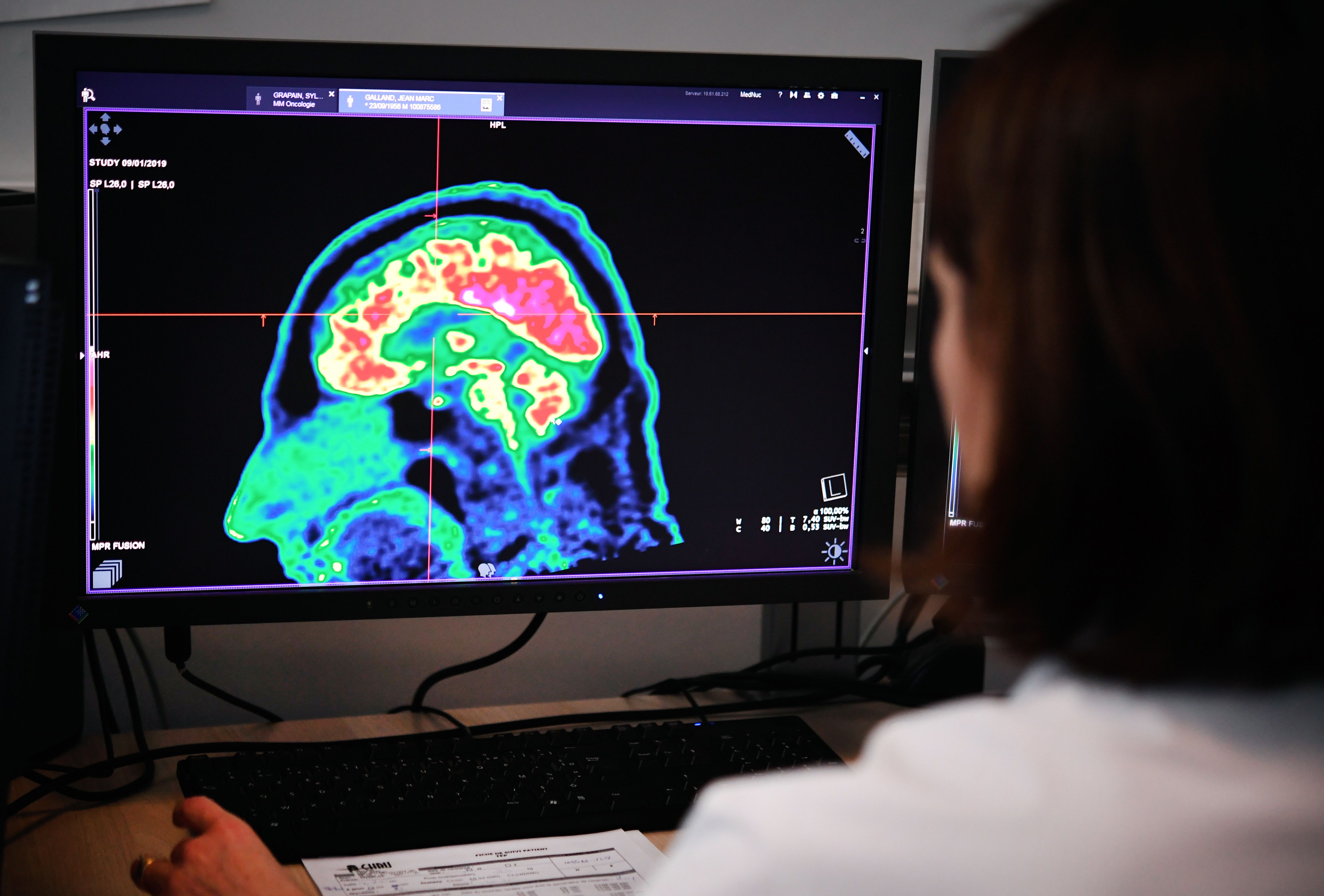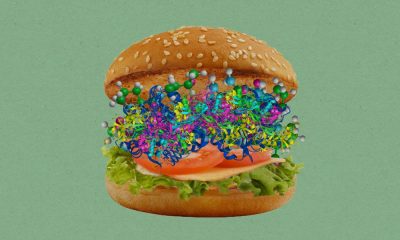Fatty foods taste so good. There’s no denying it. But there’s a new reason to avoid it since according to a recent study, a high-fat diet leads to more food intake and weight gain.
Scientists from Penn State College of Medicine reported in their study published in The Journal of Physiology this week that a high-fat diet could reduce the brain’s ability to regulate food intake.
Calorie intake is regulated by the star-shaped cells in the brain called astrocytes. The cells control the signaling pathway between the brain and the gut. However, a high-fat diet disrupts this mechanism, according to the researchers.
After conducting experiments in mice, the team found that prolonged high-fat diet exposure could lead to hyperphagia (abnormal increase in appetite), excess caloric intake and weight gain.
“Calorie intake seems to be regulated in the short-term by astrocytes. We found that a brief exposure (three to five days) of high-fat/calorie diet has the greatest effect on astrocytes, triggering the normal signaling pathway to control the stomach,” Dr. Kirsteen Browning explained in a news release.
She continued, “Over time, astrocytes seem to desensitize to the high-fat food. Around 10–14 days of eating high-fat/calorie diet, astrocytes seem to fail to react, and the brain’s ability to regulate calorie intake seems to be lost. This disrupts the signaling to the stomach and delays how it empties.”
According to the team, it is important to understand the mechanisms involved in caloric regulation to get critical insights into energy balance and hyperphagia. Studies such as the one they conducted could also help the medical community develop new therapies to treat overeating.
Browning and her colleagues now plan to continue and expand their study to find answers to whether the loss of astrocyte activity in the brain is the cause of overeating, or if the signaling pathway gets disrupted in response to overeating. They also want to know if it’s possible to reactivate the affected cells.
It is also important to note the study was conducted on mice. Human studies must first be carried out to verify if the same mechanism exists in humans.
Previous scientific data on fatty foods pointed to the fat’s role in enhancing the texture, flavor and aroma of a wide variety of foods and making them more palatable and enjoyable than most vegetables and fruits.
A study from the Washington University School of Medicine also discovered fat-specific flavor receptors in the human tongue. The same study indicated that variations in a gene could explain why some people crave fatty foods while others don’t.
















